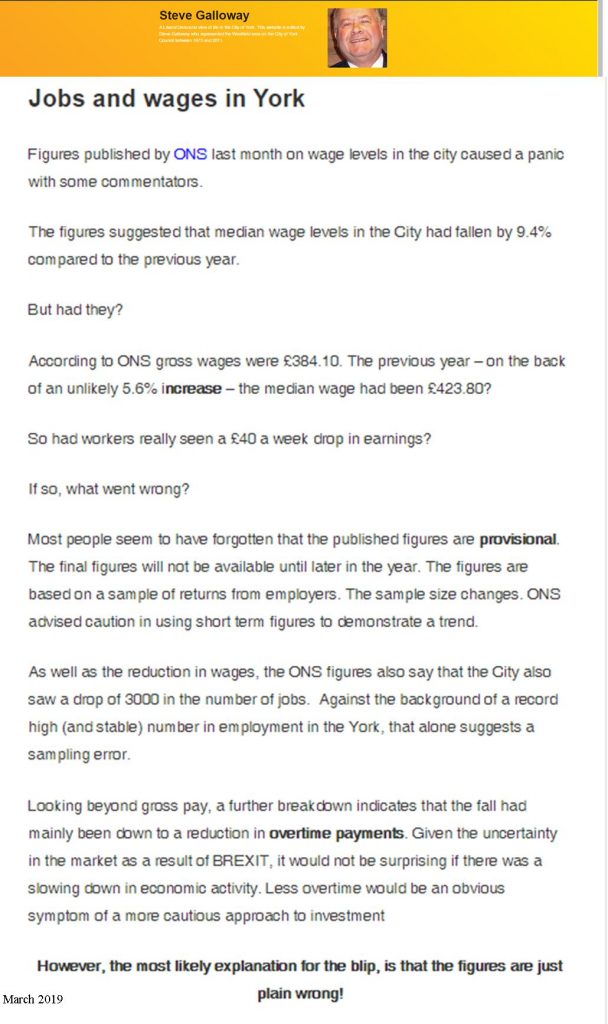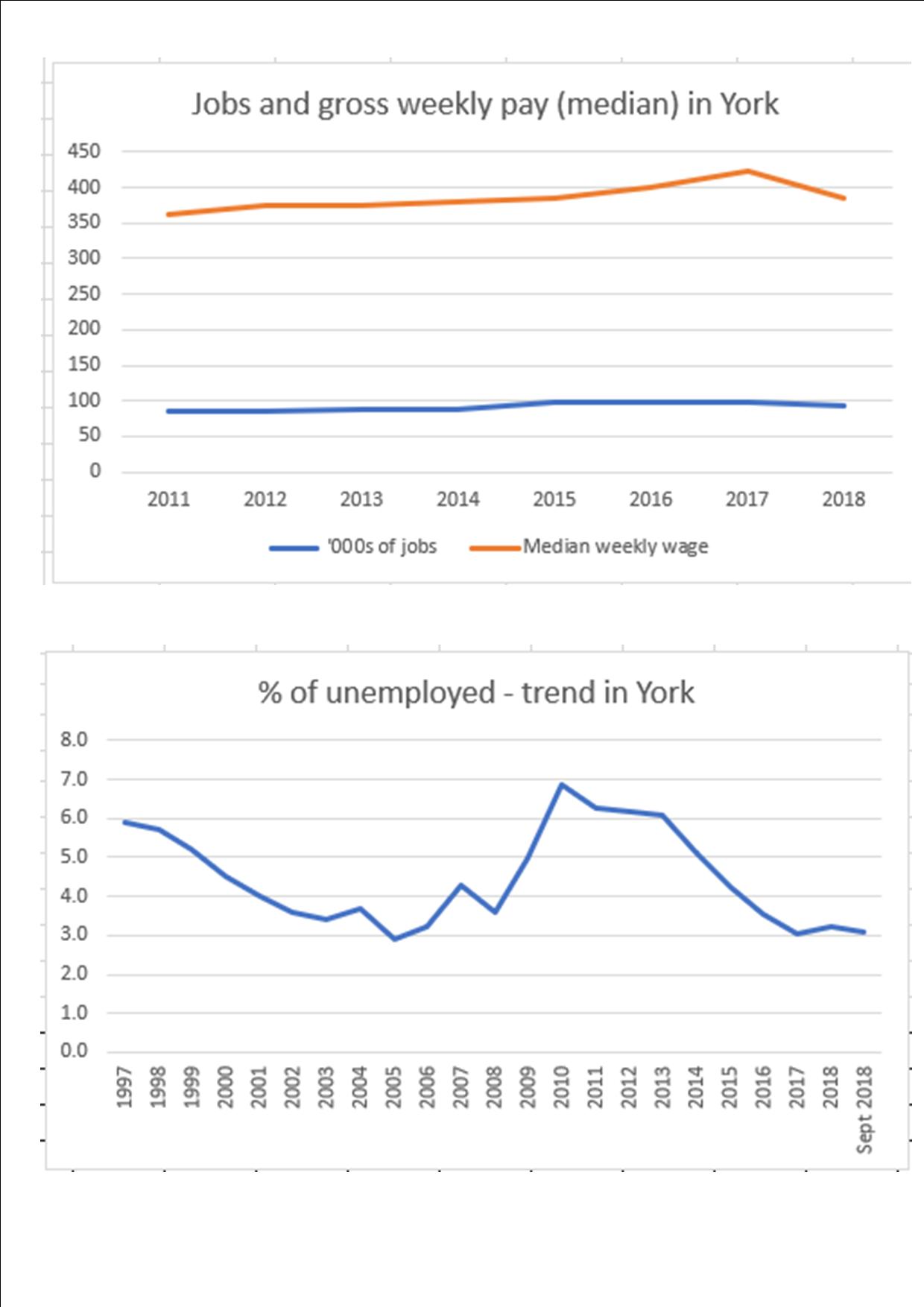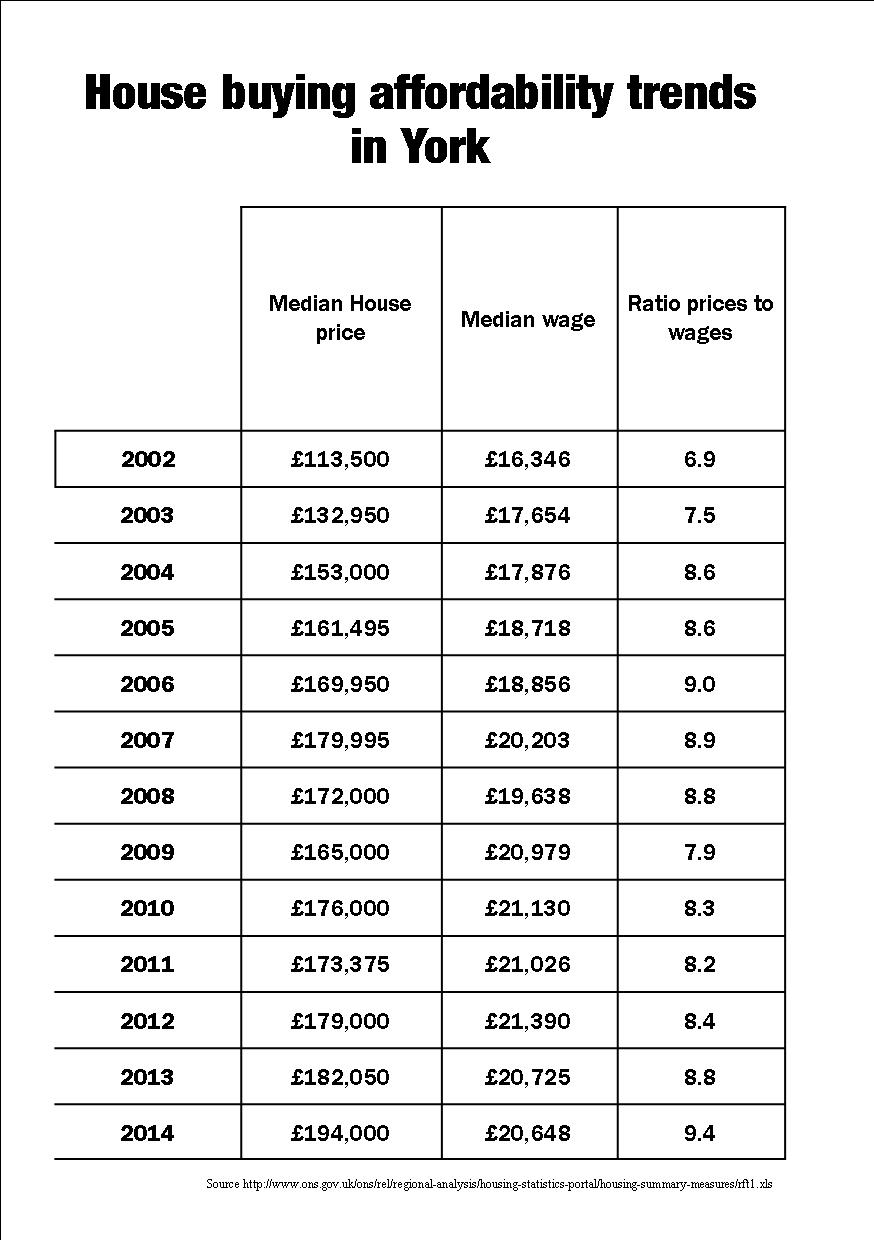Figures out today (29 October) report a 13% increase in average weekly earnings for York workers* over the last year, according to government data.
The national government Annual Survey of Hours and Earnings (ASHE) – the most accurate way of estimating pay – showed that the average weekly earnings for York residents also rose from £512.60 in 2018 to £574. 60; an increase of 12%.
The wage increase in York compares favourably to other areas across the UK, with pay across the country increasing by 2.8%; a 1.9% increase for Leeds residents and an increase of 3.5% across the Leeds City Region.

The figures correct the impression of a significant dip last year.
We pointed out in March that this figure was probably wrong and so it has proved to be.
Cllr Andrew Waller, Executive Member for Economy and Strategic Planning, City of York Council, said:
“These figures are welcome news for the city, though like any statistics they only show part of the picture. Looking at the data over the last five years shows, since 2015, a 16 % increase in the wages of both residents and people working in York.
This is good news for everyone in the city and shows the inherent strength of York’s economy”.
*York workers are people working in the city, not necessarily those who live in the city (York residents)


